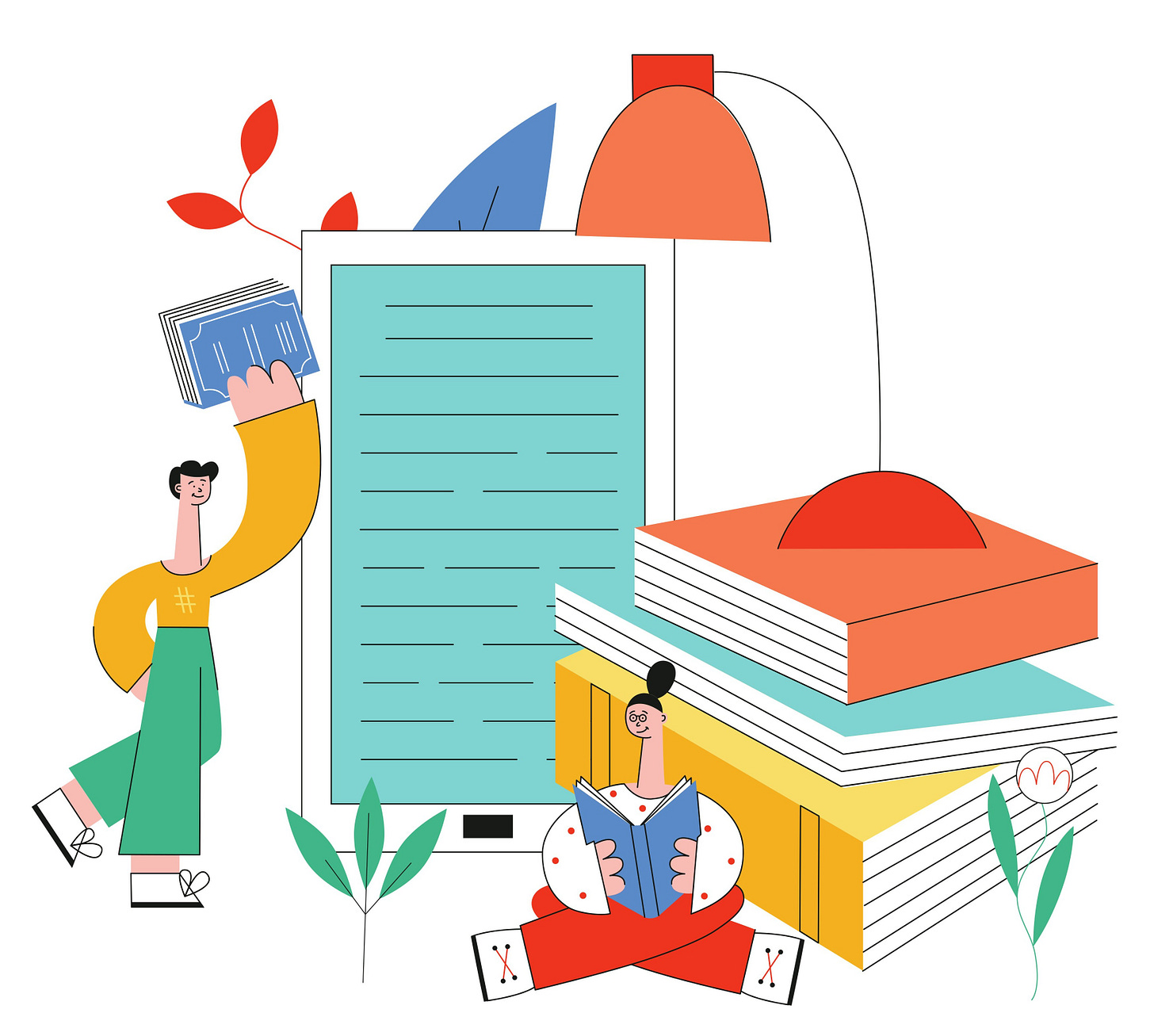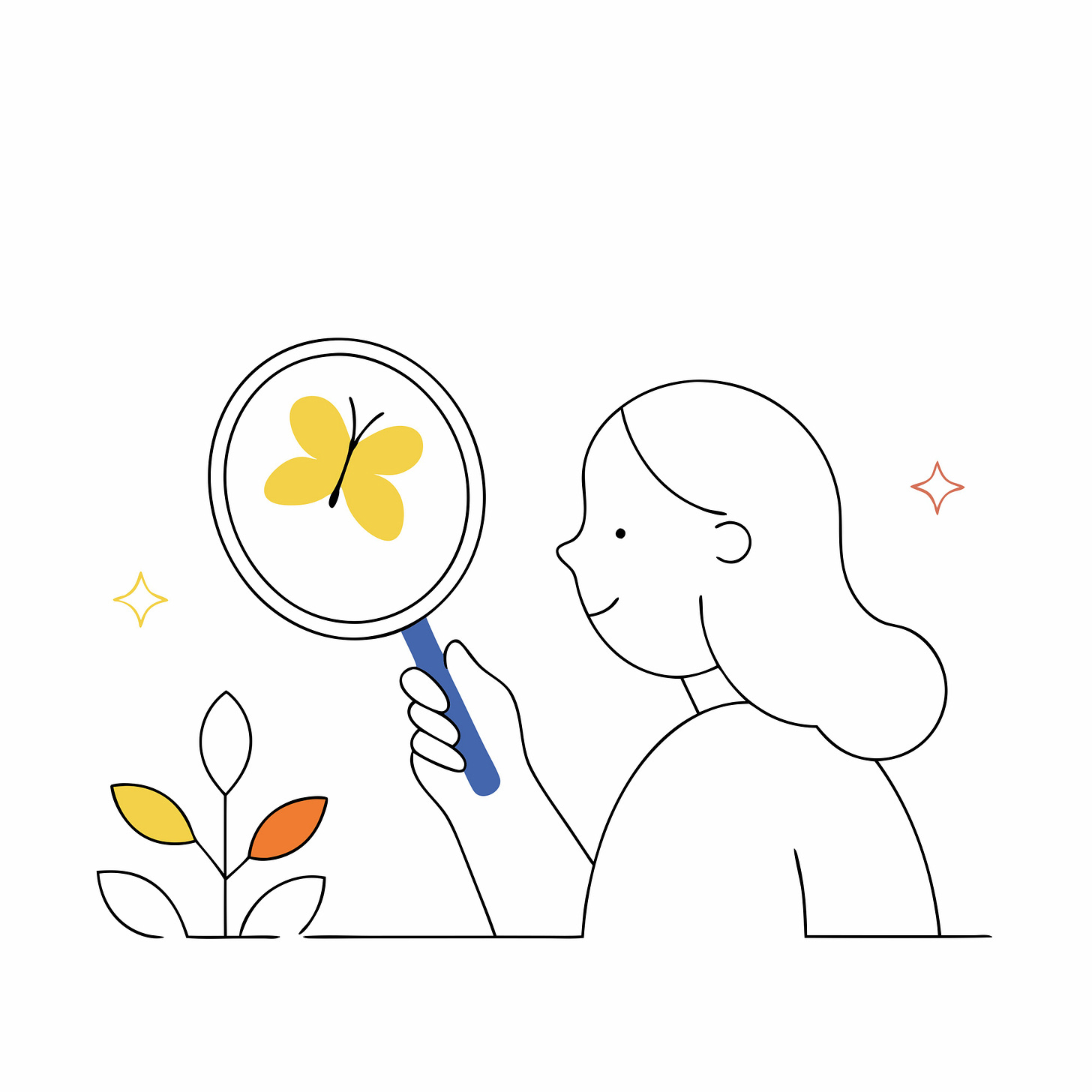Teaching in the Age of AI: How to Grow Thinkers, Not Just Test Takers
Short Read: 4 minutes.
On a recent episode of Your Undivided Attention, experts Maryanne Wolf and Rebecca Winthrop explored what Artificial Intelligence means for the classroom and learning. How can we ensure children develop the skills they need to navigate an uncertain future?

The Big Problem: Tech First, Learning Second
Over the last few decades, technology has been rushed into classrooms without clear purpose. Laptops, tablets, and digital programs have often been seen as magic bullets, but the results haven’t matched the hype.
Rebecca points out that countries that pushed tech the hardest—like loading up on desktops or iPads—often saw no better learning outcomes than countries that didn’t.
“We've seen several waves of technology come into schools,” she says, “And at the end of the day…the education systems that really push getting computer labs in, desktop computers, technology in the classroom, their kids didn't learn more than the systems that didn't push it.”
Now, AI is entering the mix, bringing powerful new capabilities but also intensifying the risks, especially if we repeat the same mistakes.
ChatGPT makes it easier than ever to shortcut the learning process. We need to be wary of cognitive offloading of our most critical skills, especially during early development
What Can We Do About It?
1. Focus on Curiosity, Not Just Grades
Learning shouldn’t just be about acing tests, it should be about exploring, asking questions, and solving real-world problems.
In her new book, Rebecca and her co-author identified four student engagement modes: passenger, achiever, resistor, and explorer. The goal should be to be in explorer mode, which is driven by curiosity, risk-taking, and resilience. Sadly, fewer than 4% of students regularly experience this mode.
When used well, tech can put students into explorer mode. For example, Arizona State University added a VR experience to their Biology 101 class, where students explored virtual ecosystems tied to textbook content and test scores improved dramatically.

2. Use AI Where It Helps, Not Where It Hurts
AI tutors can be a lifeline in overcrowded or under-resourced classrooms. In a recent study in Nigeria, for example, students who used AI tutoring just twice a week for six weeks gained the equivalent of two years of instruction.
Maryanne explains how over-relying on AI short-circuits essential brain development: “In the interest of efficiency, we can do all this faster and better if we're using these technological devices that augment…the reality is what we need as learners are the efforts.”
The key is context: AI can support basic skills but it shouldn't replace the thinking process that comes from reading and writing.
3. Don’t Ditch Print
Print reading activates deeper thinking skills like empathy, inference, and analysis. “[It’s] not just decoding, but the ability to develop … deep reading skills that are analogical, inferential, empathic, and most importantly, the sum of which is critical thinking. That happens best in print," Maryanne says.
The science supports print as the best medium for learning: Norway and Sweden backed off mass digitization after seeing test scores fall. A study in Singapore found a link between early screen exposure and reduced attention skills in kids ages 0–8. A study published in JAMA in 2023 shows that the more digital exposure for kids ages 0-5, the less language development happens.
Digital devices promote skimming (think F- and Z-shaped eye patterns). Rebecca warns this leads to "surface learning,” where kids absorb headlines but miss nuance.

4. Put Teachers in the Driver’s Seat
Tech designed with teachers works better. For example, Clever, a single sign-on platform, is widely loved because it solves a real classroom pain point: logins.
Tools for neurodivergent students, like dyslexia-friendly speech-to-text, shine when they’re crafted by educators who understand kids' needs firsthand.
Rebecca analyzed 3,000 education innovations: 80% were just digital versions of analog tasks. Real transformation happens when tech redefines what’s possible.
5. Teach Kids to Manage AI, Not Just Use It
Maryanne reminds us: “we are only after information, which AI is so good at…We nevertheless must never forget what does that all mean for humanity, the future of the species. And that's the wisdom part. And so what I hope that the school can give is this sense of translation, that we are taking information, we are transmitting it to you so that you will have knowledge, from which you will help propel us wisely.”
It’s not just what kids know, it’s what they do with what they know that will shape our future.
Rebecca describes the shift from an age of achievement to an age of agency.
6. Be Proactive, Not Reactive
Rebecca’s task force is conducting a “pre-mortem” for AI in schools: Imagine all the ways this could go wrong and work to prevent them now. “We should have done this with social media,” she says.
Many educators feel pressured to adopt AI. But Rebecca insists: "We’re agentic people. We can what we want to do with technology."
Start early: Kids 0–5 are especially vulnerable. More screen time equals less language development, and interactions with AI can distort social learning. As Maryanne puts it, iPads are great “on a plane and nowhere else."
The Bottom Line:
We need to adopt a more critical, exploration-first mindset when introducing new technology into the classroom. AI is here to stay, but that doesn’t mean we have to discard everything we know about what makes for deep learning. If we stay focused on what kids really need—curiosity, critical thinking, and human connection—we can make AI a tool for learning, not a shortcut around it.
Further Reading:
Why we need a minimalist mindset when it comes to AI and tech use for young people by Rebecca Winthrop
The Disengaged Teen: Helping Kids Learn Better, Feel Better, and Live Better by Rebecca Winthrop and Jenny Anderson
Proust and the Squid, Reader, Come Home, and other books by Maryanne Wolf
Imagining failure to attain success: The art and science of pre-mortems by Mary Burns and Rebecca Winthrop
The OECD research which found little benefit to desktop computers in the classroom
Further reading on the Singapore study on digital exposure and attention cited by Maryanne
The Burnout Society by Byung-Chul Han
Further reading on the VR Bio 101 class at Arizona State University cited by Rebecca
Leapfrogging Inequality by Rebecca Winthrop
The Nation’s Report Card from NAEP
Further reading on the Nigeria AI Tutor Study
Further reading on the JAMA paper showing a link between digital exposure and lower language development cited by Maryanne
Further reading on Linda Stone’s thesis of continuous partial attention.
![[ Center for Humane Technology ]](https://substackcdn.com/image/fetch/$s_!uhgK!,w_80,h_80,c_fill,f_auto,q_auto:good,fl_progressive:steep,g_auto/https%3A%2F%2Fsubstack-post-media.s3.amazonaws.com%2Fpublic%2Fimages%2F5f9f5ef8-865a-4eb3-b23e-c8dfdc8401d2_518x518.png)




As with all tools humankind has developed since the beginning of time, the emphasis should be on whether the user of the tools becomes more curious, more innovative, more nuanced with his/her thinking as a result of using them. The first rule my mother and father ever taught me about anything and everything was, "Use whatever is around you wisely---don't let whatever is around you use you, unthinkingly." We have made so many mistakes as human beings by using the tools we have created without thinking about unintended outcomes and considering the prime question, "Just because we can do something, does that mean we should do it?" (Consider the use of the atomic bomb, the genetically modified organisms in our food, [banned in the European Union] and the Crispr manipulations that will be used to modify the genetic code of human beings [read the book, Oryx and Crake by Margaret Atwood]
https://open.substack.com/pub/nahgos/p/the-bootnahg-authors-suite?utm_source=app-post-stats-page&r=5ppgc4&utm_medium=ios